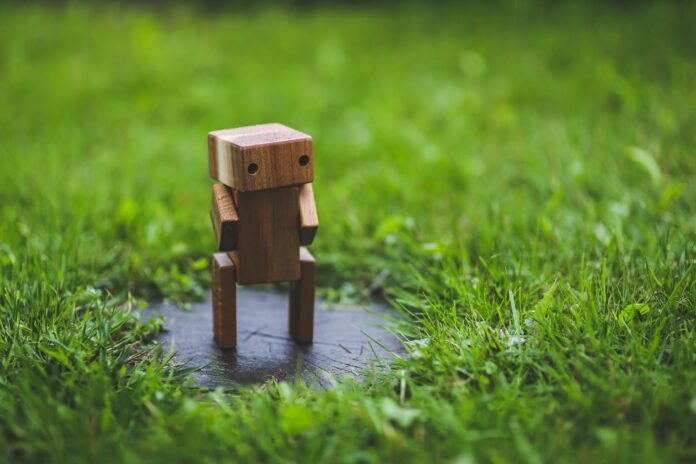In the past few years and also very recently, robots are stealing the show-both glorifying and limiting human capabilities, simultaneously. Robotic solutions and the use of robots influence every aspect of work and home, from transforming people’s daily lives and work practices to raising efficiency and safety levels.
Robots and Robotics today
The robotics industry is worth multi-billions today and the commercial and industrial viability of robots will be steadily surging in the coming years, thanks to their wide range of applications and varieties. There are numerous types of robots and how many of them do we know? Let’s find out!
First, let’s prep up by comprehending what exactly a robot is. In simple words, a robot is a mechanical device that is capable of movement by duplicating certain human functions, electronically, with the help of a computer. It is designed to perform a function or a series of functions automatically, be it simple or complex. A robot makes use of a variety of disciplines such as dynamic system modeling and analysis, mathematics, biology, physics, mechanical engineering, etc.
Types
- Autonomous Vehicles: Robots are highly capable of driving us in driverless vehicles. Before hitting the roads, autonomous vehicles are categorized as per six levels of automation, as per SAE. Here each level has a specific set of requirements that a vehicle must meet before it can be considered to operate at that level.
Examples – nuTonomy, Zoox, Drive.ai, Tesla, Optimus Ride, Waymo. - Cobots: Collaborative robots or cobots operate with and in a shared environment with humans to perform their tasks.
Example – Sawyer cobot arm which helps greenhouse workers pick plants. Mitsubishi cobot is famous for offering coffee at Café X kiosk in Hong Kong. - Disaster Response Robots: These robots perform dangerous tasks-searching for survivors in the aftermath of a disaster, helping in other crucial activities at the disaster site, etc.
Example – Hyrodnalix company’s Emergency Integrated Lifesaving Lanyard (EMILY) is a four-foot, 25-pound remote-controlled robot that is a hybrid flotation buoy-lifeboat that is very popular. - Drones: It is a type of unmanned aerial vehicle (UAV), which is a mini- aircraft without a human pilot on board. This type of robot has been in use in a wide range of industries globally and is helping in carrying out many activities.
Example – China has used drones to help clear the atmosphere of fog. Drones are also used to deliver pizza (e.g. Domino’s DomiCopter), medicines, etc. - Entertainment Robots: Designed to arouse human emotions to entertain us.
Example – RoboThespian; a robot comedian, Navi Shaman. - Humanoid Robots: These robots resemble human beings and are also capable of mimicking human behavior. They perform human-like activities like running, jumping, and carrying objects and are sometimes designed to look like us, even having human faces and expressions.
Examples – Surena IV (Iranian University of Tehran), Sophia (Hanson Robotics), Atlas (Boston Dynamics).
- Industrial robots: There are mainly six types of industrial robots:
- Articulated Robot: It resembles a human arm in its configuration (mechanical), wherein the arm is connected to the base using a twisting joint.
- Cartesian: Also called rectilinear or gantry robots, Cartesian robots have three linear joints that use the Cartesian coordinate system (X, Y, and Z). The three prismatic joints make possible a linear motion along the axis.
- SCARA: Selective Compliance Assembly/Articulated Robot or Arm (SCARA) is mainly used for assembly purposes all over the world majorly within industries, attributing to its easy and unobstructed mounting.
- Cylindrical: These robots are generally used for assembly purposes, spot welding, machine die castings, etc.
- Delta Robots: They are also called ‘spider robots’. Basic delta robots are three-axis units but four and six-axis models are also available.
- Polar: Otherwise known as spherical robots. The axes form a polar coordinate system, thereby creating a spherical-shaped work envelope.
- Space Robots: These robots have been exclusively used in various outer space missions. To quote an example, Dextre is a robotic arm that was designed to install and replace small equipment such as exterior cameras with ease and thereby reducing risks to humans.
These are the broadly used robot versions. There are military robots, underwater robots, hexapods, sanitary bots, research bots, and numerous other robots. These indicate the possibility of a robot-run future that is seemingly not afar.
Follow and connect with us on Facebook, Linkedin & Twitter

